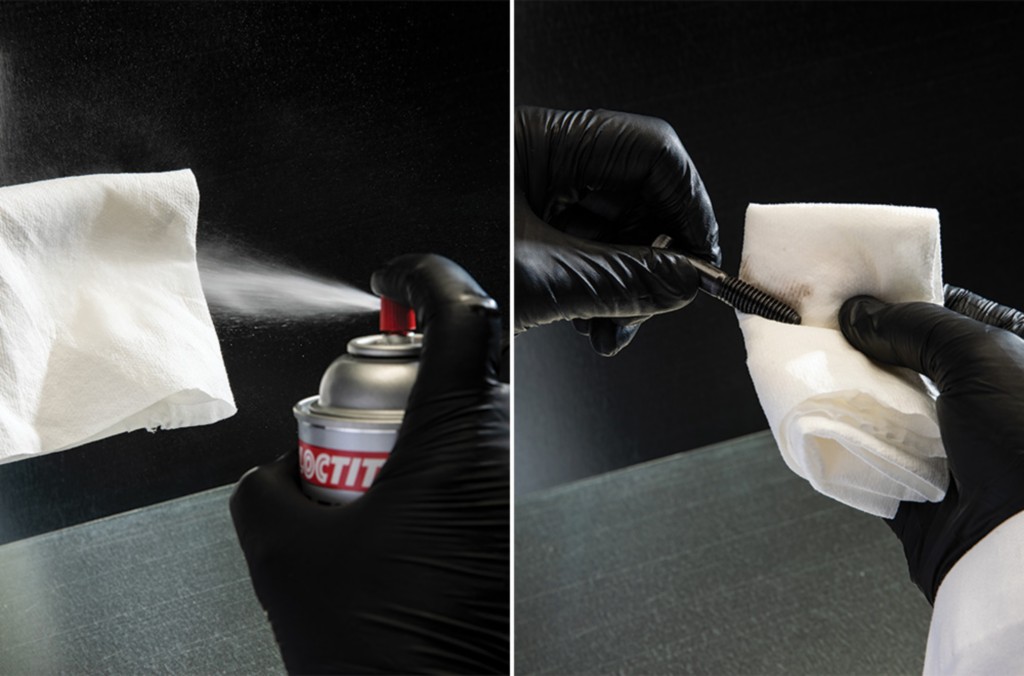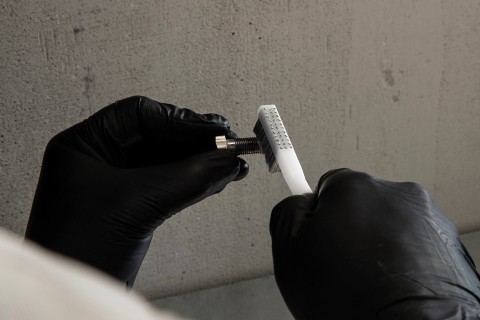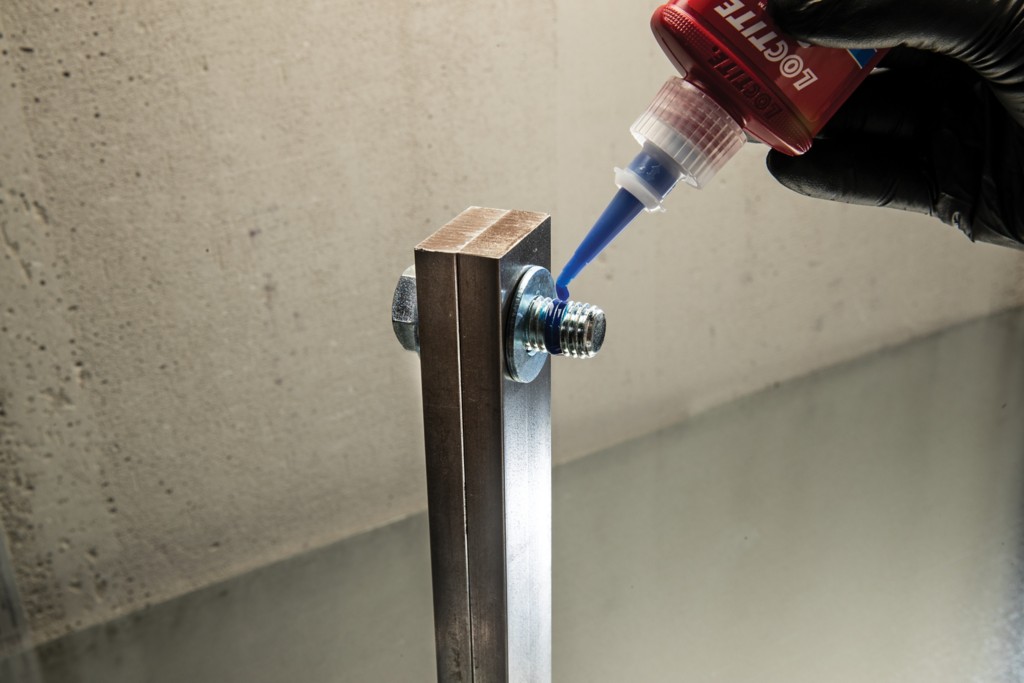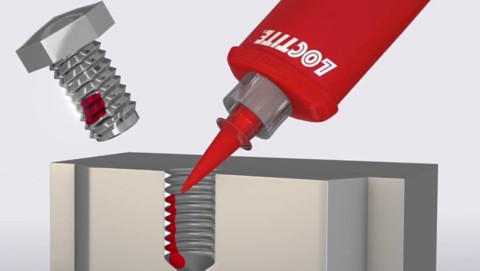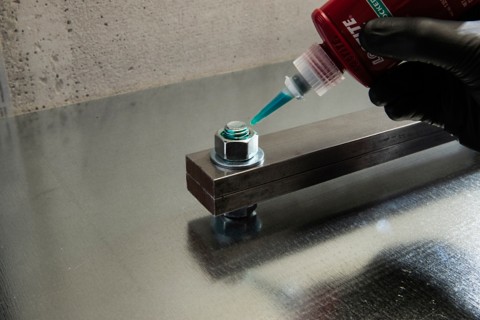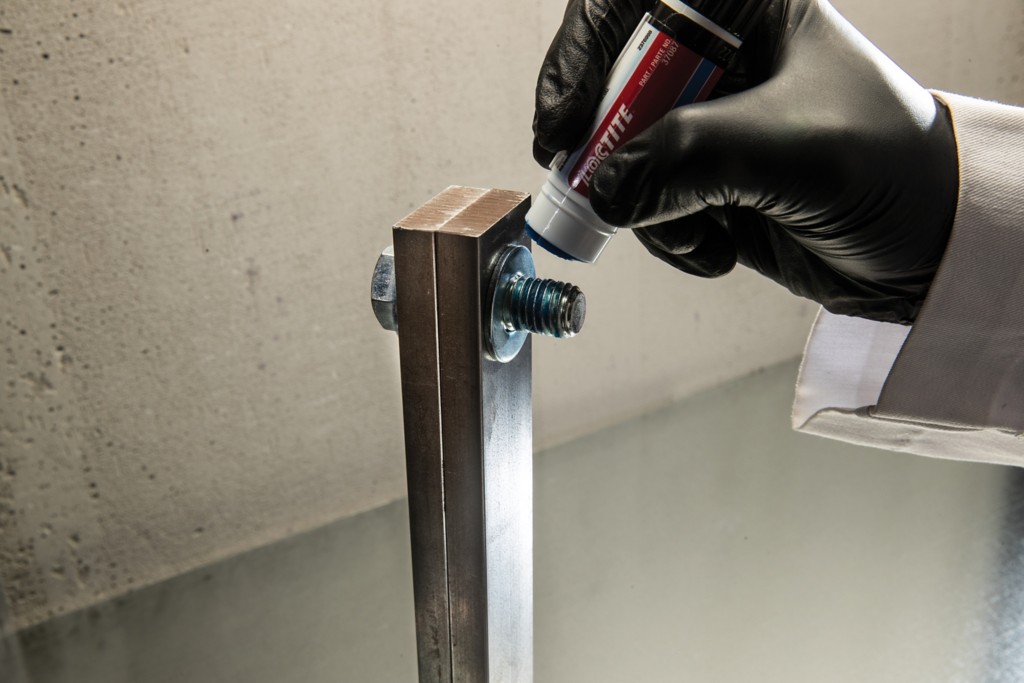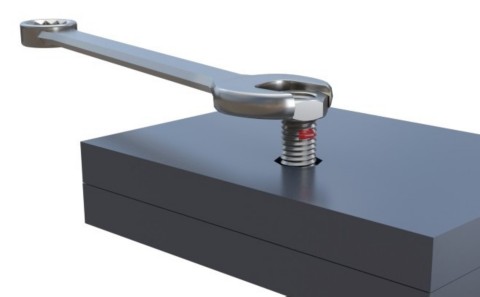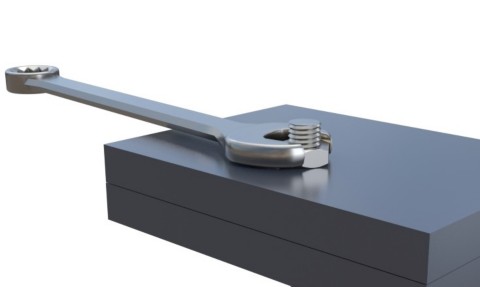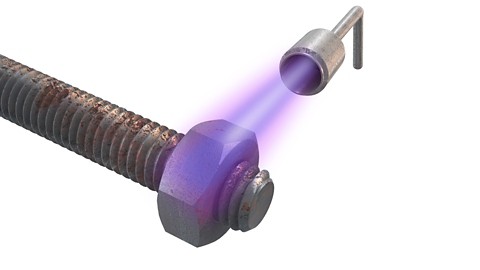LOCTITE® Threadlocking for Automotive Repair (e.g. engine block or brake back-plates)
A car is held together on average with around 3,500 fasteners. This means 3,500 potential places where vibrational loosening can cause the threaded assembly to fail. To avoid these failures from happening, LOCTITE® Threadlockers are a reliable alternative to mechanical fastening. Available in varying strengths and temperatures, adhesive threadlockers perform reliably and effectively on fasteners of any type and size, either before or after assembly. And all with the same purpose and function: to ensure a durable and reliable assembly.

Get the Materials
Using adhesive threadlockers is a great alternative to mechanical fastening with e.g. tab washers, nylon ring or with locking devices such as saw-tooth flanged bolts. LOCTITE® Threadlockers come in many forms and shapes − from low − to high strength. Make sure to select the right adhesive for your needs and also have cleaner and primer or activator at hand (where needed).

